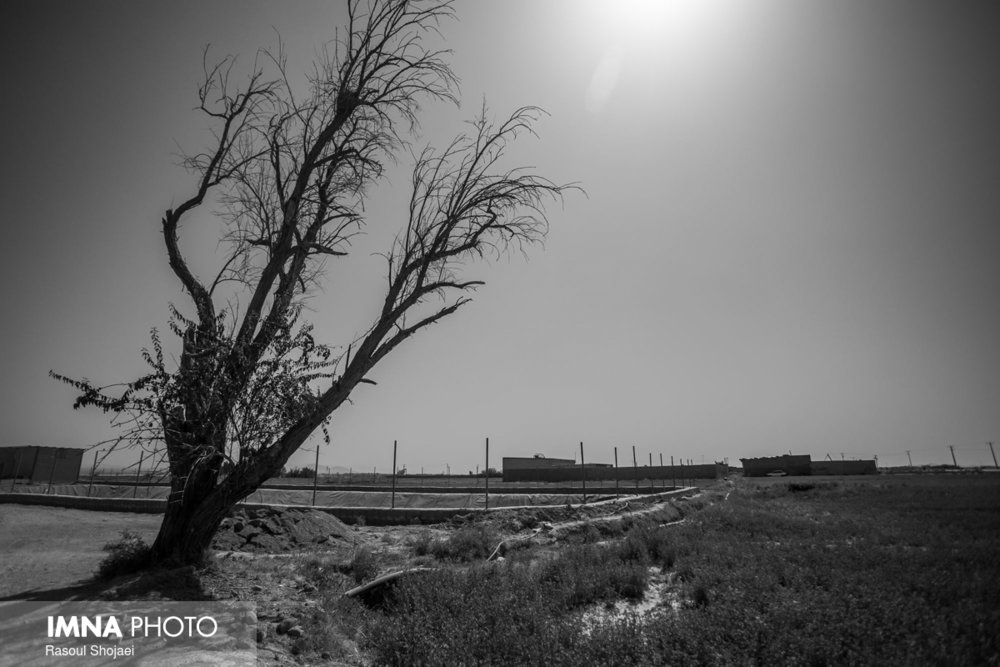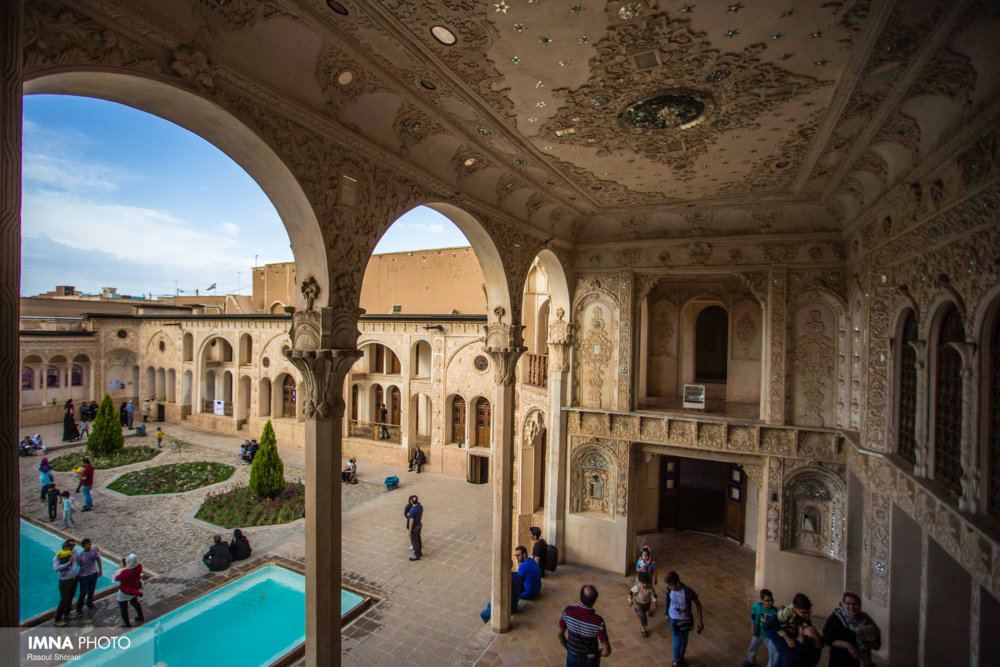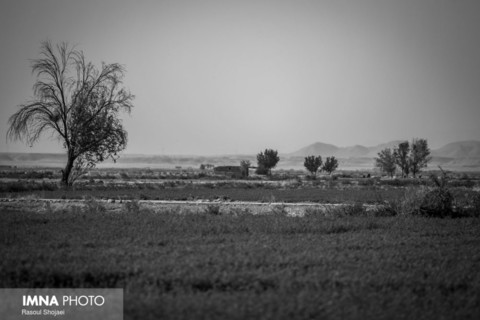Iran (IMNA) - Climate change's influence on human migration is becoming more obvious, with a large increase in the number of individuals forced to relocate owing to environmental factors predicted for 2021. Drought, sandstorms, floods, natural disasters, and land degradation have all contributed to this tendency. In fact, it is predicted that up to 2,300 people may have relocated as a result of SDS alone.
The economic consequences of this are significant, with job prospects and food security both affected at the local and national levels. As we continue to grapple with the effects of climate change, it is clear that addressing these issues will require a coordinated effort from governments and communities around the world. Only by working together can we hope to mitigate the worst impacts of environmental degradation and ensure a sustainable future for all.
This surge in migration is due to the fact that the country is already one of the most water-stressed countries in the world, with a significant portion of its land being desert. Climate change is exacerbating this issue, causing more frequent and severe droughts, as well as increasing temperatures. This has led to a decrease in agricultural productivity and an increase in wildfires. As a result, many Iranians are being forced to leave their homes in search of better living conditions.
The impact of this migration will be felt not only within Iran but also in neighboring countries, which may struggle to accommodate such a large influx of people. It is crucial that governments take action to mitigate the effects of climate change and ensure that those affected by it are supported. Failure to do so could lead to widespread displacement and instability in the region.

Climate migration has had a profound impact on the Iranian provinces of Sistan and Baluchistan, Khuzestan, Yazd, and Isfahan. The environment has changed drastically, leading people to seek a better life elsewhere.
The trend of depopulation is not unique to Iran, as many countries around the world are grappling with similar challenges. However, the situation in Iran is compounded by a number of factors, including political instability and economic sanctions. As a result, the government has been forced to take action to address the issue. One approach has been to incentivize people to move back to these areas through various economic and social programs. Another strategy has been to invest in infrastructure and other development projects in order to attract businesses and create jobs. Despite these efforts, however, the future of these regions remains uncertain. If the trend of depopulation continues unchecked, it could have serious consequences for Iran’s territorial integrity and national security. As such, it is imperative that policymakers take a proactive approach to addressing this issue before it becomes too late.
The issue of population displacement in Iran is a pressing concern that cannot be ignored. Providing urban areas with the necessary resources and tools to cope with migration is a crucial step in ensuring that those who are displaced can find a new home and begin rebuilding their lives. It is important for the government to work closely with experts in this field to develop effective strategies for managing population displacement and ensuring that all Iranians have access to the support they need. By taking proactive measures now, we can help prevent a humanitarian crisis from unfolding and ensure that Iran remains a stable and prosperous nation for generations to come.
In the future, one possible answer might be to rely on traditional and environmentally friendly Iranian architectural and urban planning methods that enhance climate adaptation via effective use of land, energy, and water resources. Traditional residences in Gonabad, eastern Iran, for example, are built around an inner courtyard with windows and roofs that optimize natural light and air movement, while street-facing walls guard against dust storms. Rooms around the courtyard are intended for different seasons, with some for cold weather and others for hot weather. Traditional Iranian houses are also built next to each other in tight, narrow residential alleyways to protect against dramatic climatic swings in the desert or during dry seasons.

The qanat system has been an integral part of Iran's water management for over 3,000 years, providing irrigation to crops and drinking water to communities. However, due to neglect and urbanization, many of these canals have fallen into disrepair or have been covered up. Restoring the qanat system, not only improves water distribution and conservation but also preserves Iran's cultural heritage. Additionally, the restoration could create job opportunities for local communities and promote sustainable agriculture practices. The use of traditional knowledge in the restoration process would also provide an opportunity for intergenerational learning and knowledge transfer. Furthermore, the restoration of the grant system could lead to increased tourism as visitors come to see this ancient water management system in action.
One way to achieve this balance is through the use of green infrastructure, such as green roofs and walls, which can help regulate temperature and reduce energy consumption. Additionally, incorporating renewable energy sources like solar panels and wind turbines can further reduce a city's carbon footprint. It is also important to prioritize public transportation and walkability in urban planning, reducing the need for individual car usage. Finally, designing buildings with materials that have a low environmental impact and implementing water conservation strategies can help create a more sustainable urban environment. By taking these steps, cities can not only adapt to climate change but also become leaders in creating a more sustainable future for all.


Your Comment